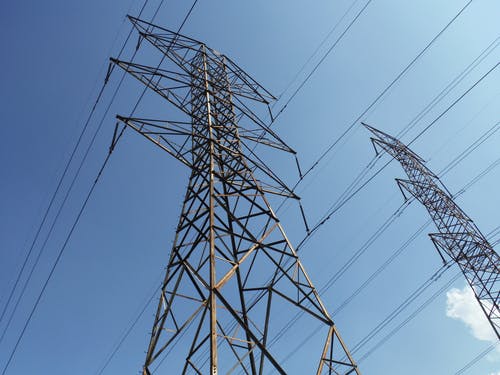New York Grid Operator Highlights Growing Risks to Statewide Electric System Reliability

The New York Independent System Operator on Nov. 21 released its 2024 Reliability Needs Assessment, or RNA, which evaluates the reliability of the state’s power grid from 2028 to 2034 based on projected peak power demand, planned transmission system upgrades, and anticipated changes in the generation mix over the next decade. The RNA highlights a concerning decline in statewide resource margins, which could result in no surplus power in 2034 without additional resource development. Further, the report identifies that New York City faces a reliability need of 17 megawatts (MW) in the summer of 2033 and 97 MW in summer 2034.
The report points to an increase in forecasted peak demand as a significant contributor to the declining reliability margins. By 2034, the forecasted peak winter demand will exceed 30 GW, driven largely by building electrification for winter heating and electric vehicle use. The projected transition from a summer-peaking system to a winter-peaking system could pose additional reliability challenges.
Further, state legislation passed in 2023 requires the New York Power Authority to retire its small natural gas plants in New York City and Long Island, leading to a reduction of 517 MW. The law allows NYPA to collaborate with the grid operator to assess whether these plants are essential for maintaining electric system reliability. Considering economic growth and increases in peak demand, the RNA states that the New York City (Zone J) will be deficient starting in summer 2033 by as much as 17 MW for one hour and increasing to 97 MW for three hours in summer 2034 on the peak day during expected weather conditions. Con Edison which serves the transmission needs of this area will need to implement a solution to address this need.
The assessment also highlights the importance of planned transmission projects such as the Champlain Hudson Power Express project to increase reliability margins. The forecast shows that the reliability margin briefly improves in 2026 when the project is added.
To address this reliability need, the RNA puts forward a combination of solutions such as new generation sources, retaining generation sources that are scheduled for retirement, demand response measures, and modifying operating protocols. The RNA states that, after looking at various scenarios of potential solutions, the 2033 reliability need could be addressed using resources currently under development.
EnerKnol Pulses like this one are powered by the EnerKnol Platform—the first comprehensive database for real-time energy policy tracking. Sign up for a free trial below for access to key regulatory data and deep industry insights across the energy spectrum.
ACCESS FREE TRIAL